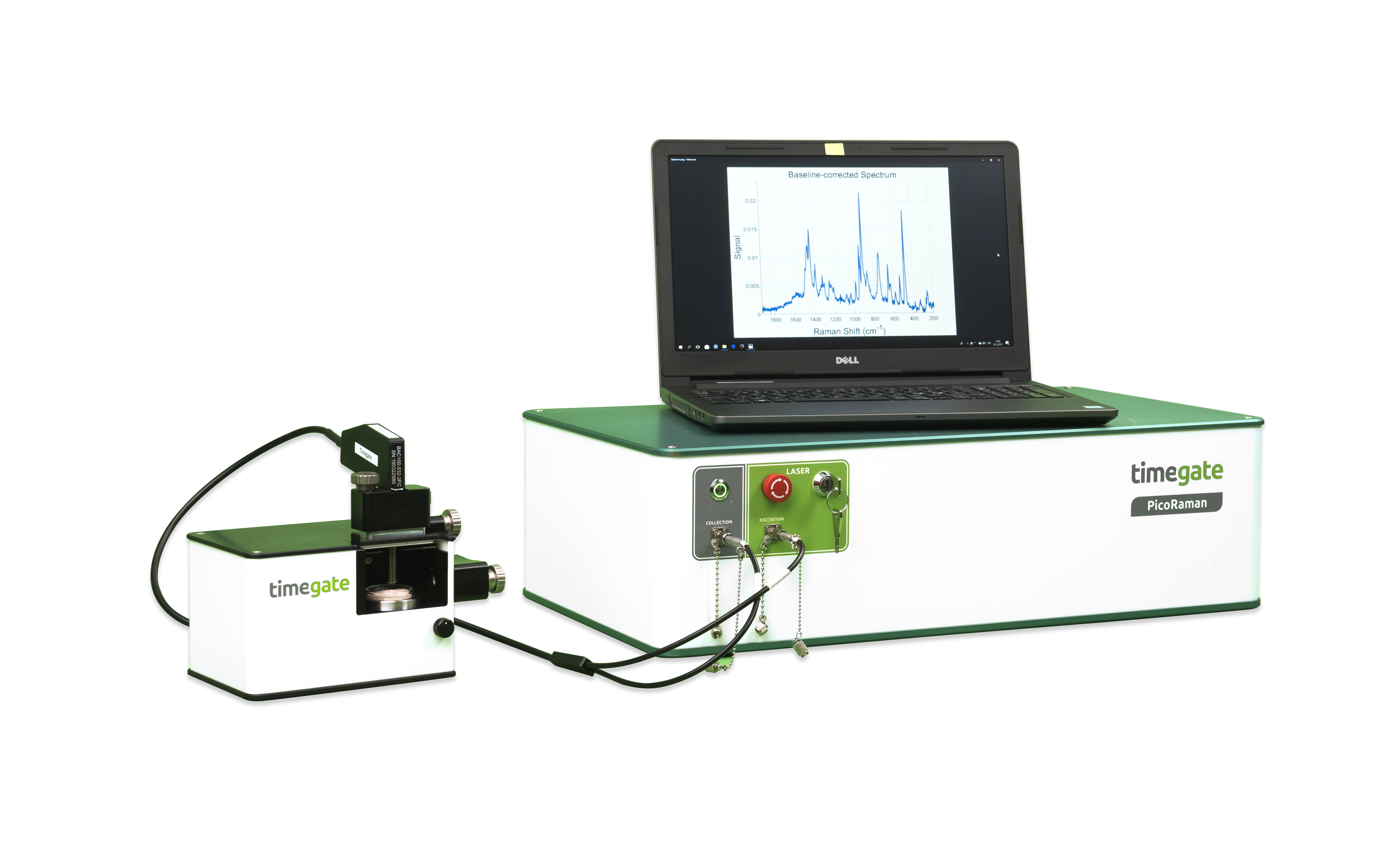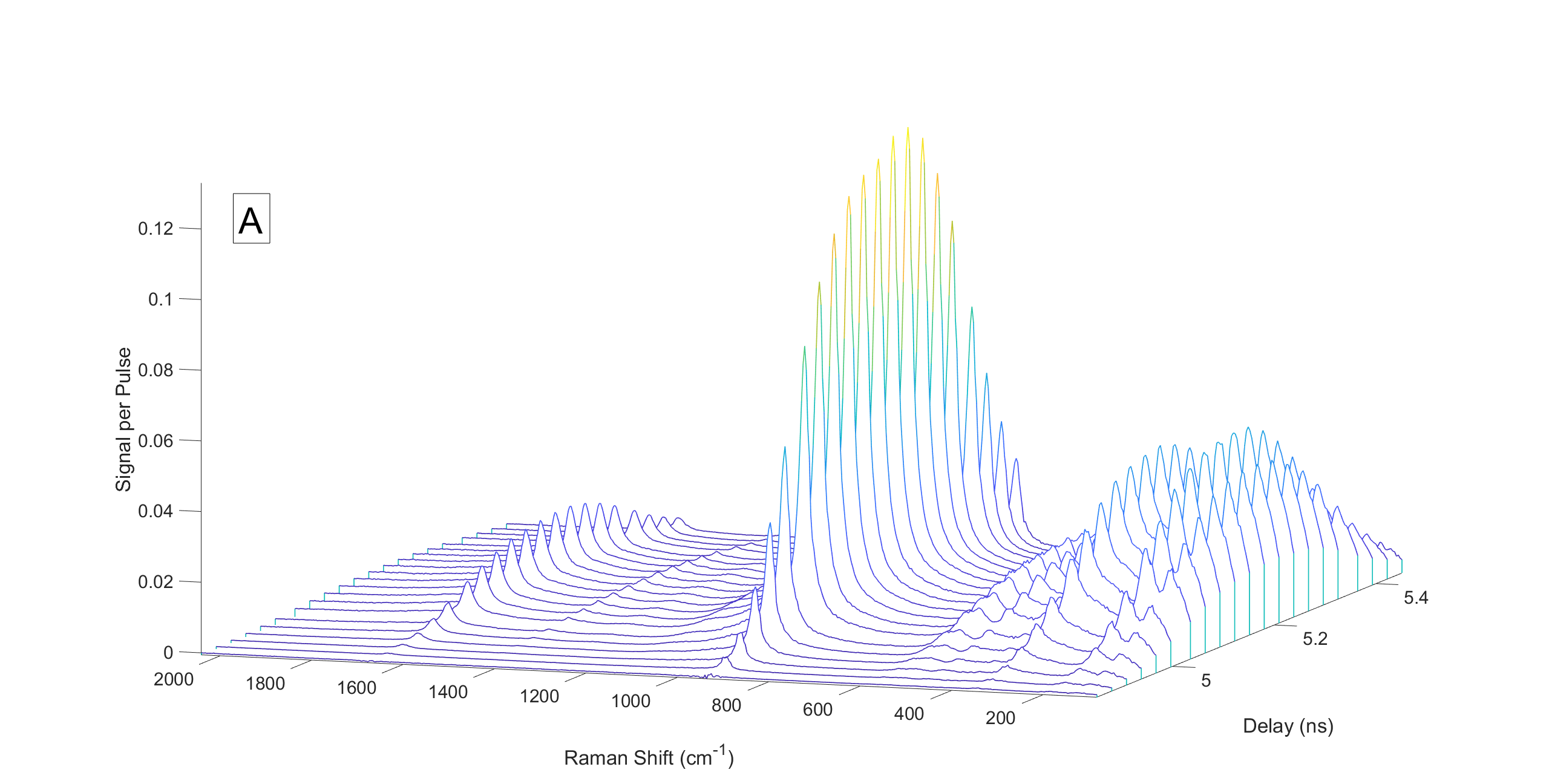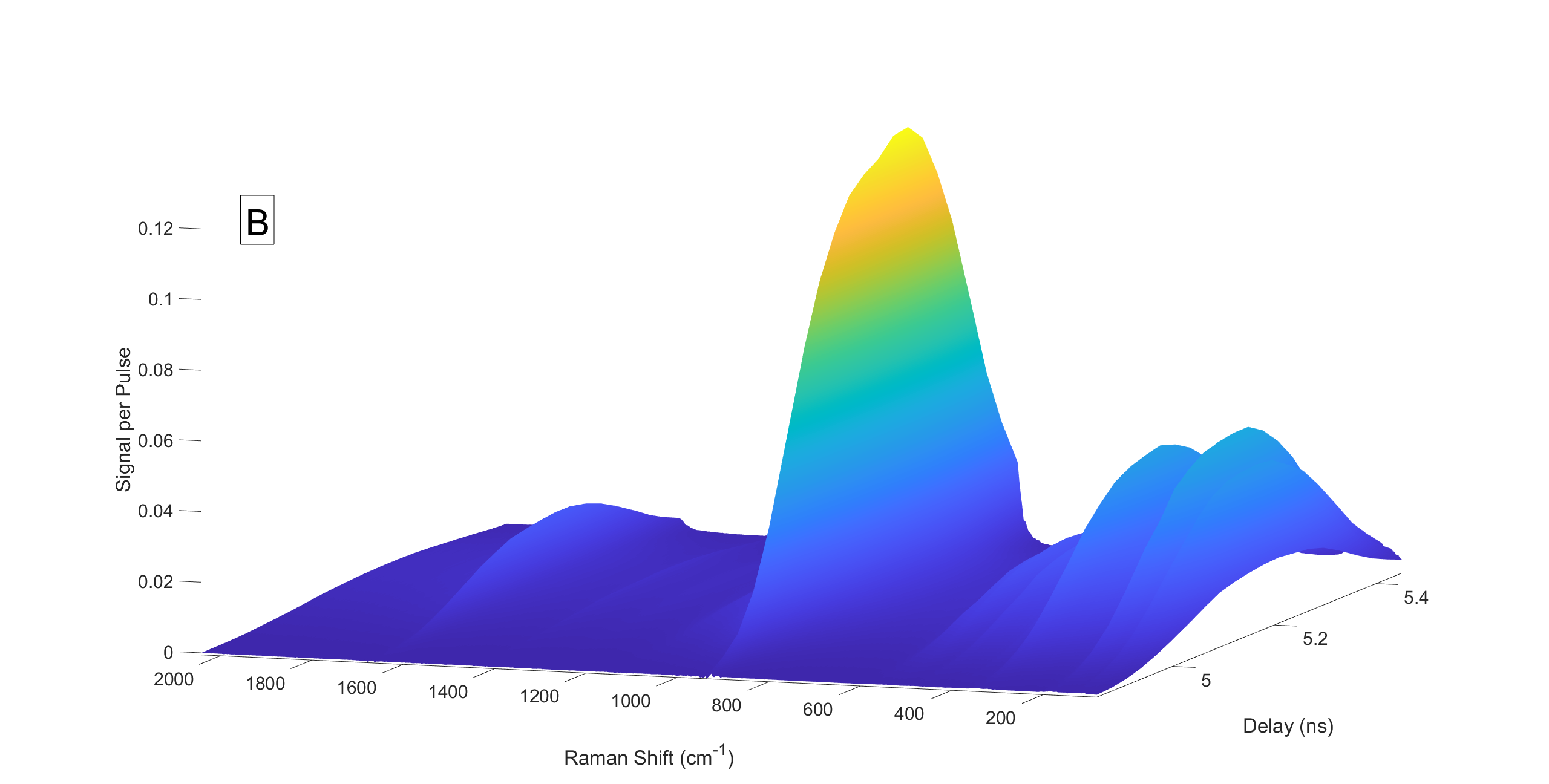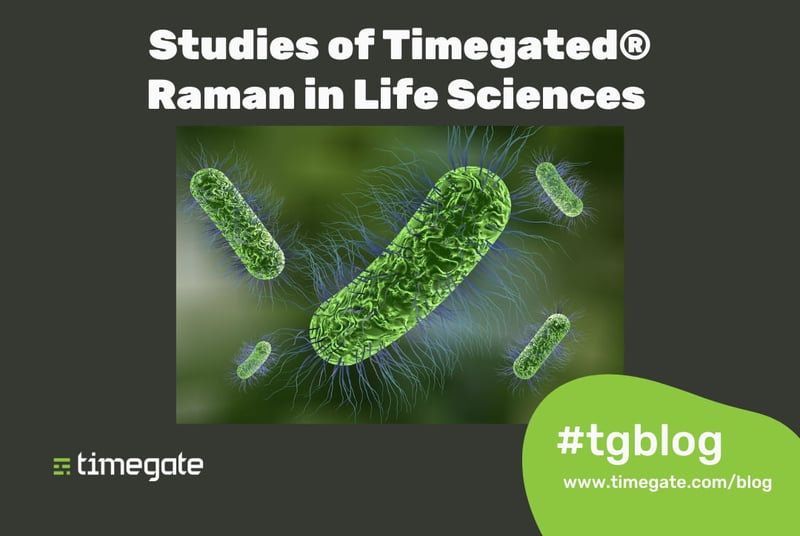Time-gated Raman Spectroscopy – a Review Article
Martin Kögler’s and Bryan Heilala’s recently published review article “Time-gated Raman spectroscopy – a review” in Measurement Science and Technology (IOPscience) introduces the history and future prospects of time-gated Raman technology development and applications. A link to the article can be found at the end of this blog post.
Towards CMOS SPAD detector technologies
The gradual improvements of time-gated Raman technologies started with Perry P. Yaney’s work in 1972. From these early stages research has been carried out using a wide variety of detectors and technologies including photomultiplier tube (PMT) detectors, microchannel plate (MCP) detectors, CCD detectors, ICCD detectors, Kerr gate techniques and after the turn of the millennium the time-gated Raman development has received a major boost from CMOS SPAD detector technologies. These modern SPAD technologies have enabled easily deployable sub-nanosecond readout circuitries on small solid-state chips without the explicit need for detector cooling.
Fluorescence suppression techniques
After the historical overview, the article goes through other co-existing fluorescence suppression techniques and their differences and similarities with time-gating. Whereas computational methods have a limited capability of improving the SNR of spectra affected by fluorescence interference, time-domain (including time-gating) techniques have an advantage of physically excluding most of the fluorescence interference altogether. The article mentions several techniques that can be used in combination with time-gating including SERS methods to improve measurement results even further. Read more about Timegated® Raman technology.

Time-gated PicoRaman 532 nm spectrometer based on modern SPAD technology.
Time-gated Raman spectroscopy applications and process monitoring
The review article also offers a look into time-gated Raman application-related publications. Even though commercial time-gated technologies are still relatively novel, time-gated Raman has been used in a wide selection of applications ranging from metal industries, catalytic processes, and pharmaceutical applications to NASA’s own research. Conventional Raman spectroscopy has become an important PAT tool and time-gated Raman seems to follow suit with applications where suppression of fluorescence, thermal, and ambient light interferences brings an appreciable benefit to SNR and overall robustness of measurement results. With these advantages time-gated Raman spectroscopy can offer industrial processes a real-time and online process monitoring tool that brings PAT to a new level.
Download case studies about On-line Monitoring from the link below.
The future of time-gated Raman spectroscopy
What about the future improvements of time-gated Raman spectroscopy? The advancements in laser technologies will make smaller, fast and more energy effective pulsed lasers possible which will in turn enable much smaller and more portable time-gated Raman devices. Although the current commercial SPAD based spectrometers are at the forefront of time-gated technologies, advancements in lasers and detectors will most likely enable the effective use of longer wavelength excitation lasers and higher resolution SPAD detectors. These improvements will eventually help with further fluorescence interference reduction and enhancing the spectral resolution while still enjoying the benefits of time-gating.
Download a PicoRaman brochure from the link below.

Time-gated measurement results from a mineral sample shown A. as a collection of spectra sampled at each delay step and B. as a continuous surface. The temporal (delay) range can be sampled for additional information on the temporal intensity distribution. A longer temporal range will include information on e.g. fluorescence decay time. A shorter delay range is often used for only including most of the Raman information while excluding most of the fluorescence interference.

Read the open-access review article.
Abbreviations
PMT Photomultiplier tube
MCP Microchannel plate detector
CCD Charge coupled device
ICCD Intensified charge coupled device
CMOS Complementary metal oxide semiconductor
SPAD Single photon avalance diode
SNR Signal to noise ratio
SERS Surface enhanced Raman spectroscopy
PAT Process analytical technology
The review articles first author Dr. Martin Kögler* is a senior research scientist at the Technical Research Centre of Finland (VTT) with expertise in SERS and time-gated Raman spectroscopy. Please find Dr. Kögler's publications in ResearchGate.
*Martin Kögler has not taken part in writing this blog post
Author
 This blog was written by Timegate Instruments’ Senior Application Specialist Bryan Heilala. Bryan is a young and energetic chemist with a degree in M.Sc. (chemistry) and experience and background in analytical chemistry. Read more about him and the whole Timegate team.
This blog was written by Timegate Instruments’ Senior Application Specialist Bryan Heilala. Bryan is a young and energetic chemist with a degree in M.Sc. (chemistry) and experience and background in analytical chemistry. Read more about him and the whole Timegate team.



